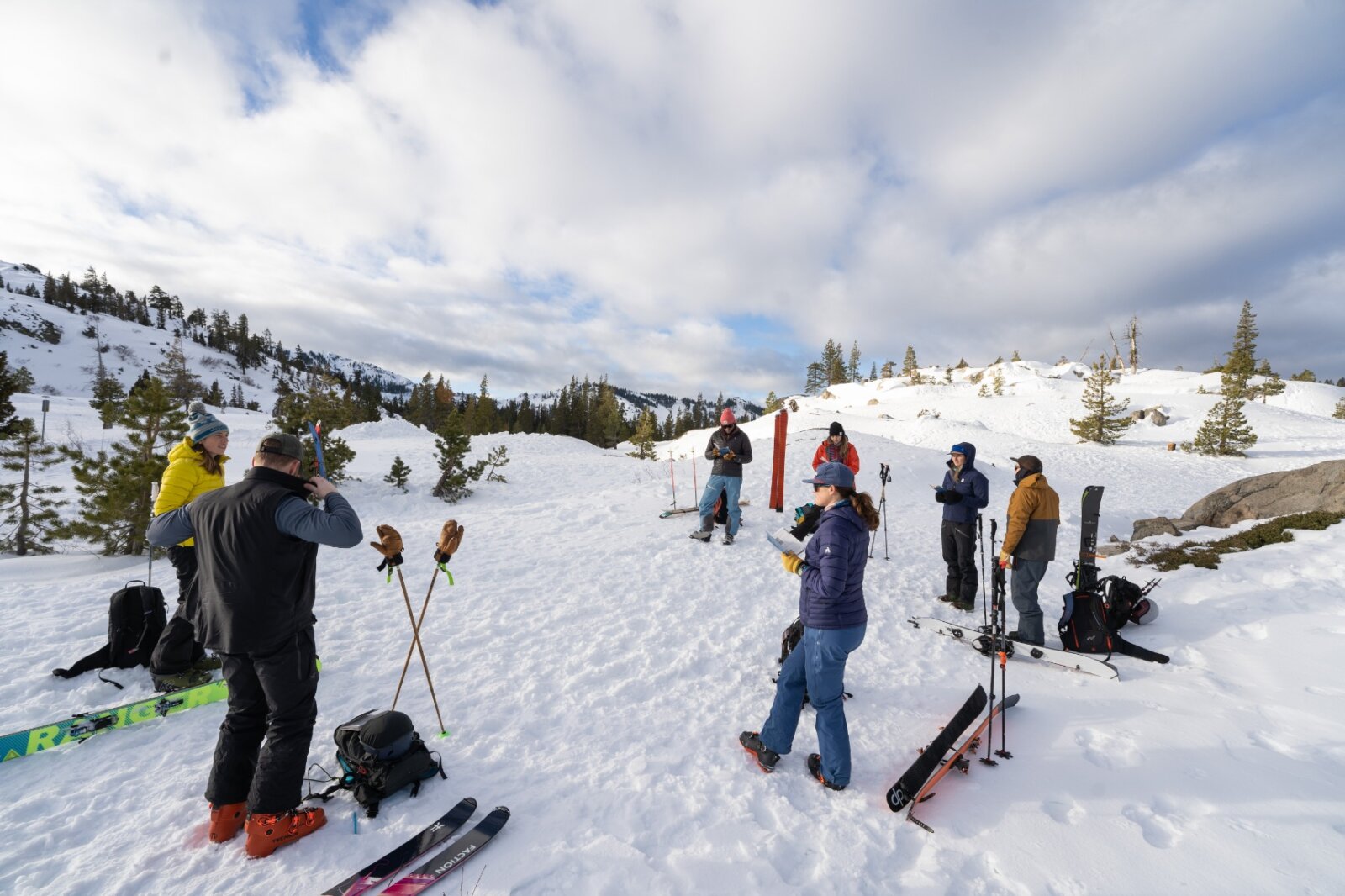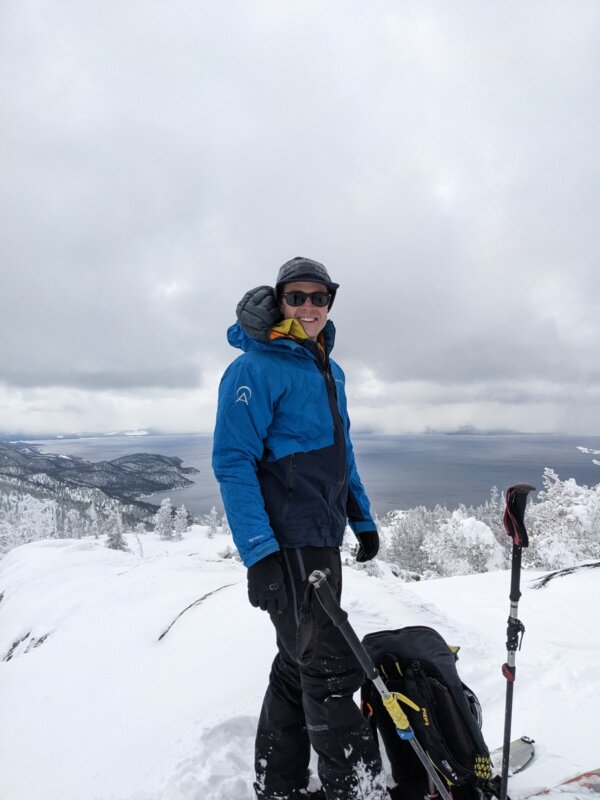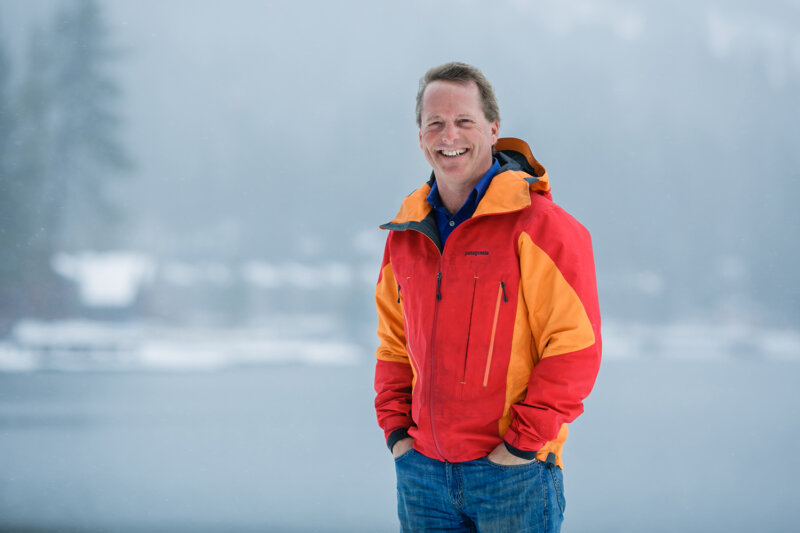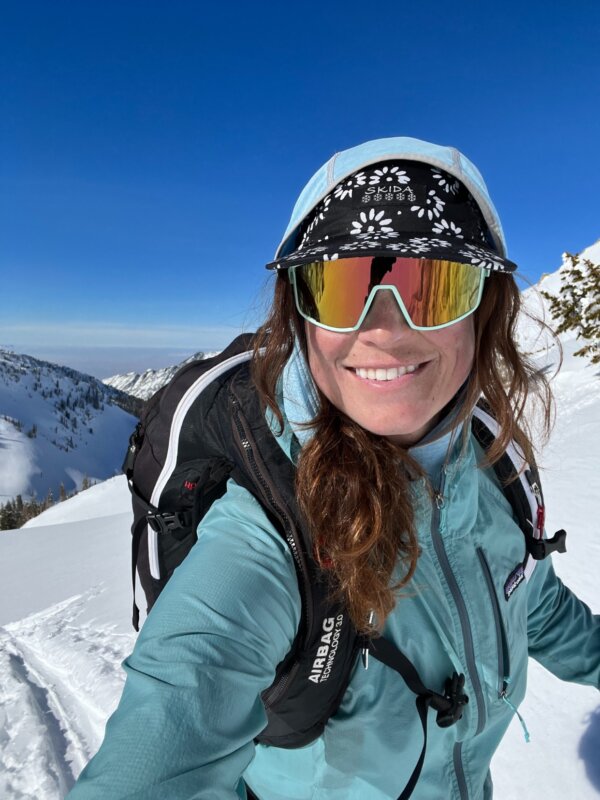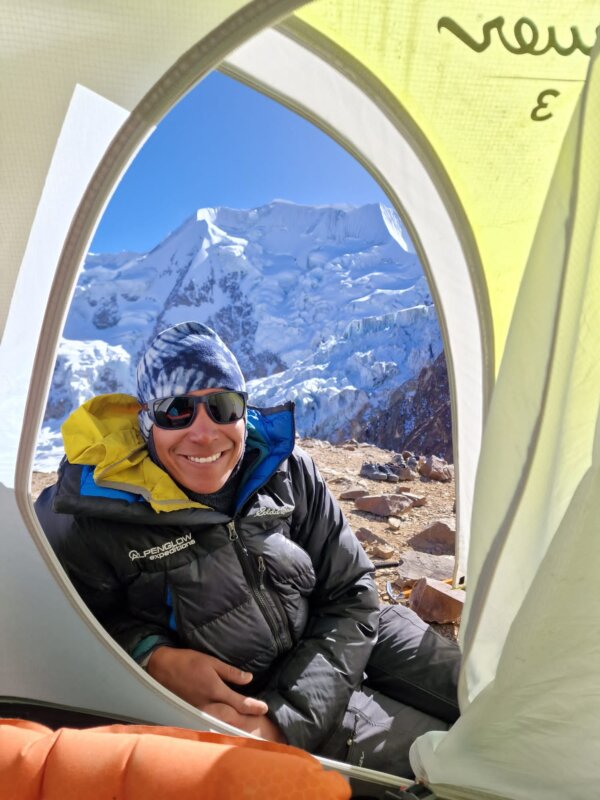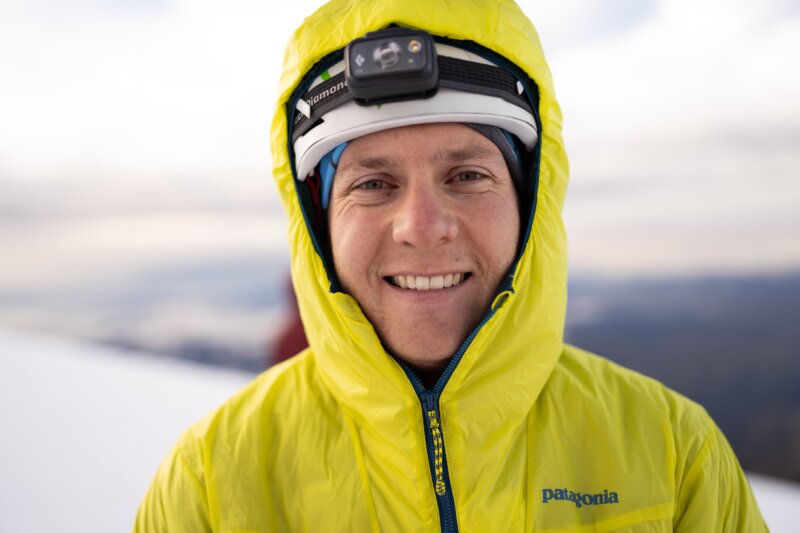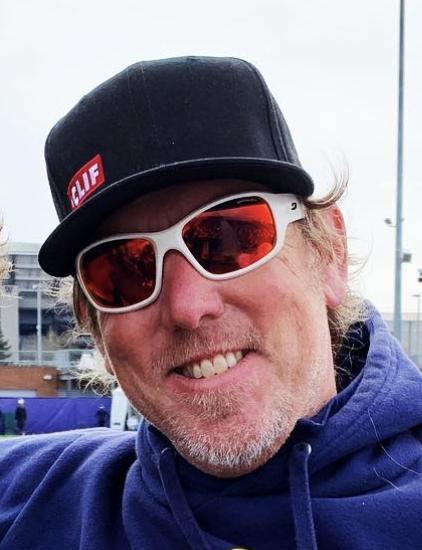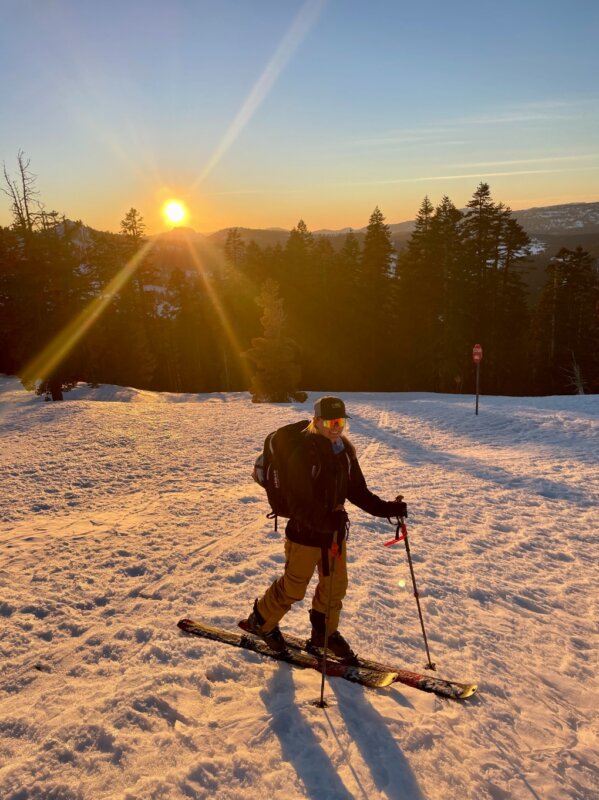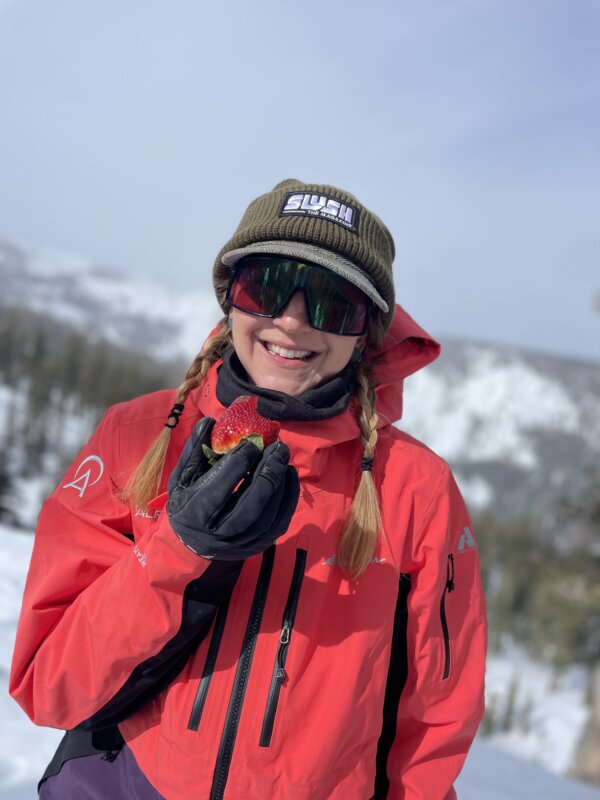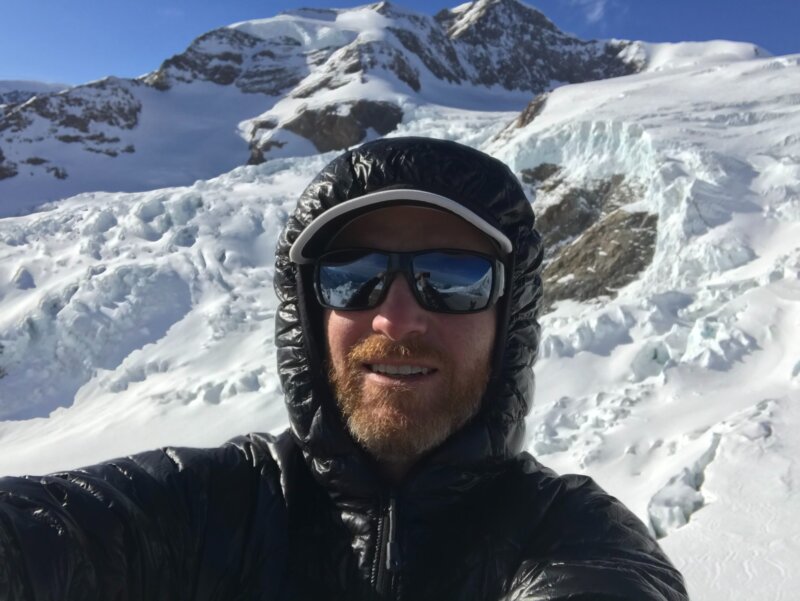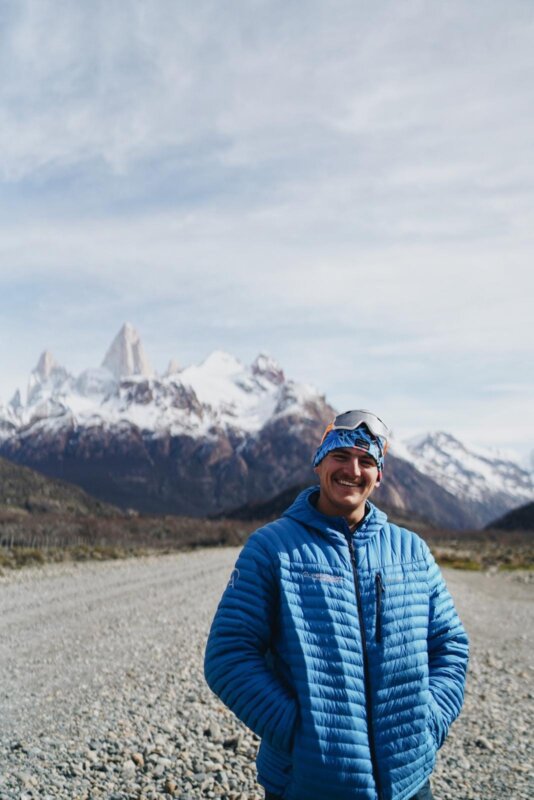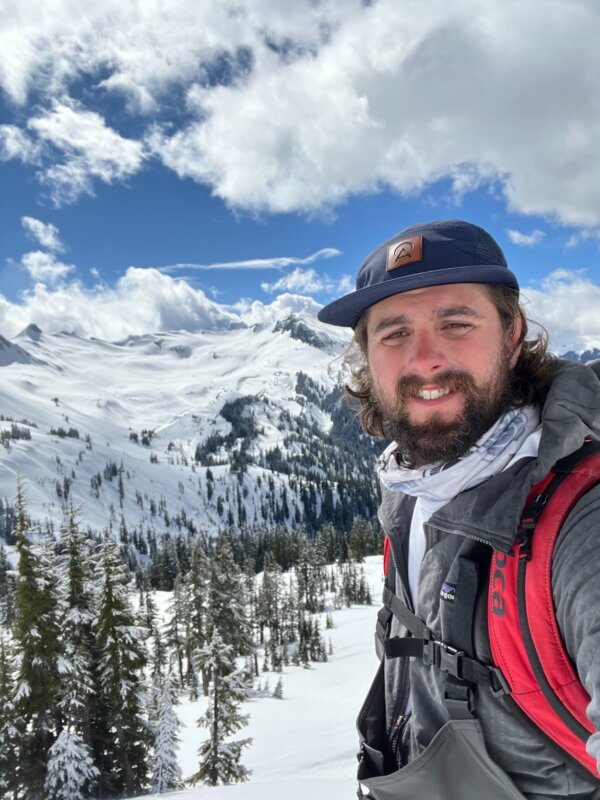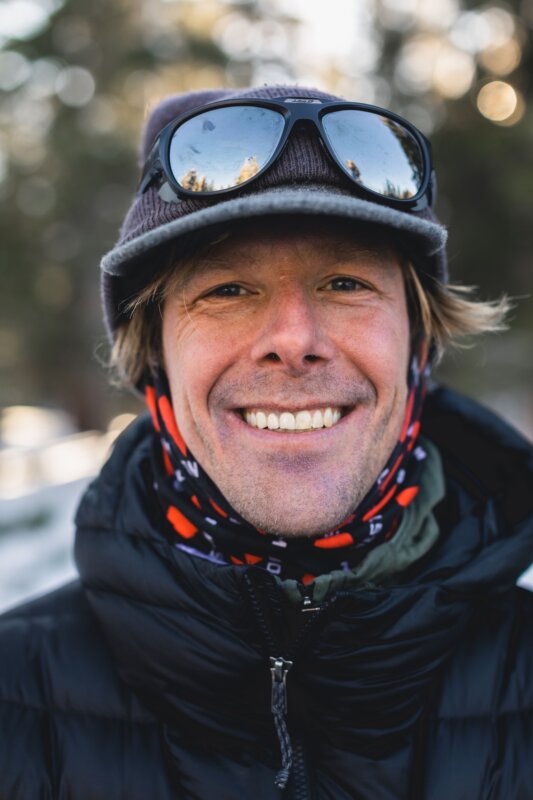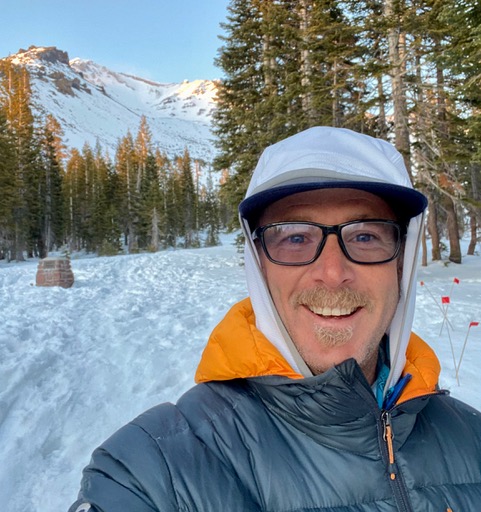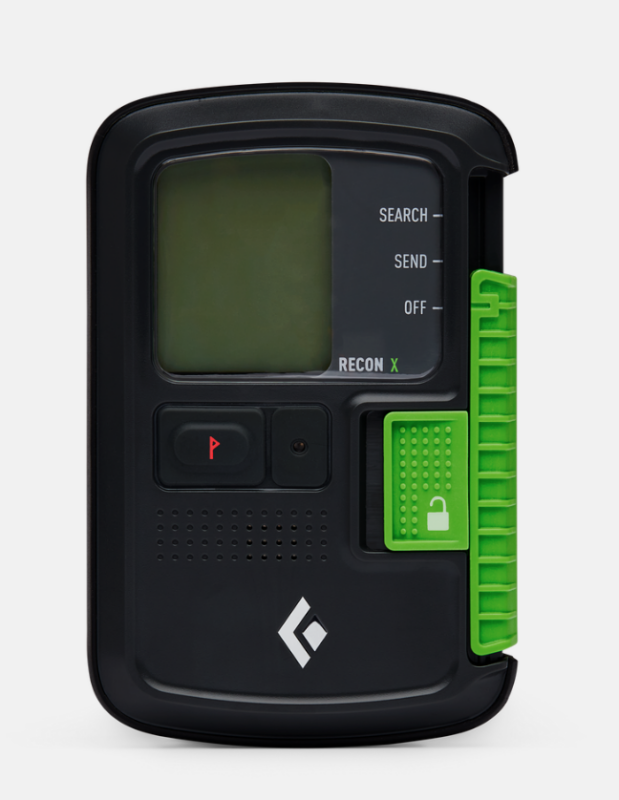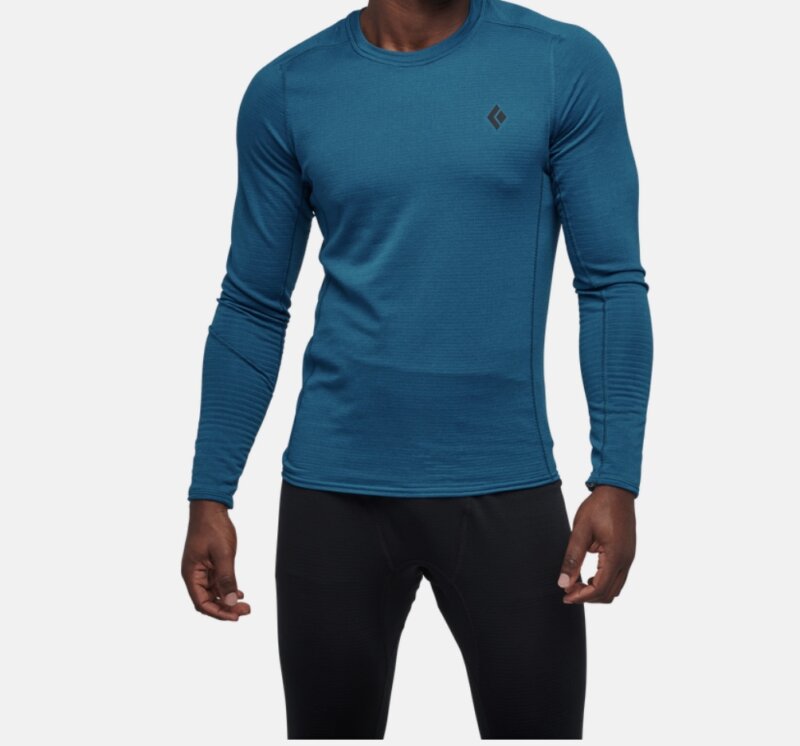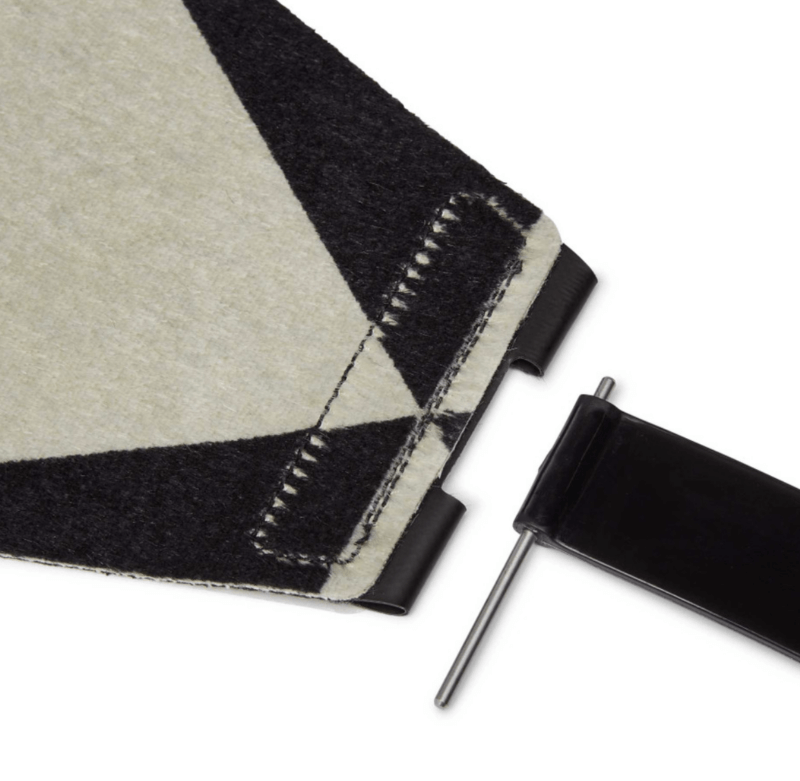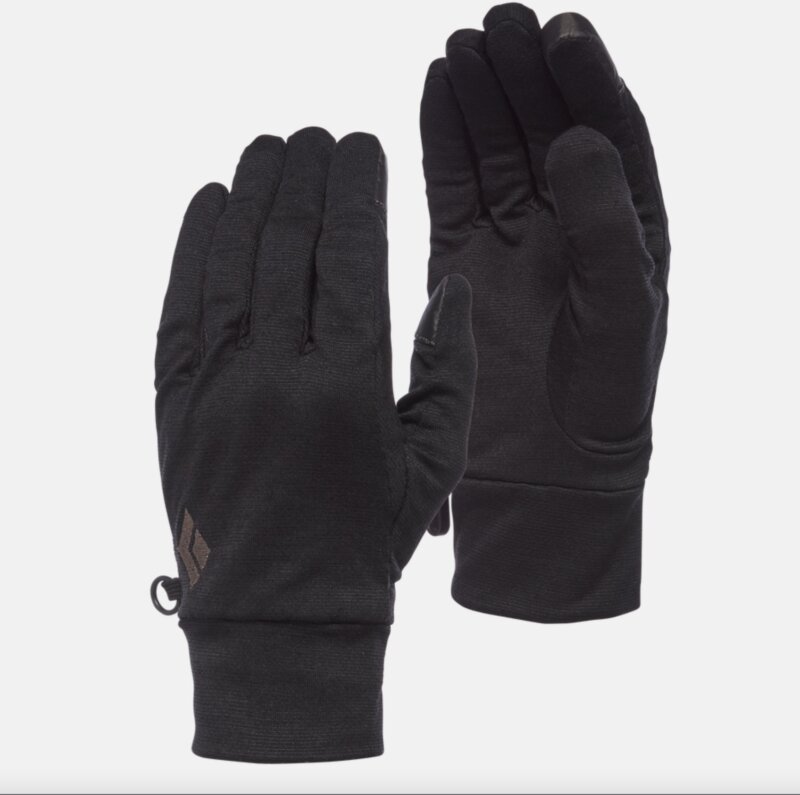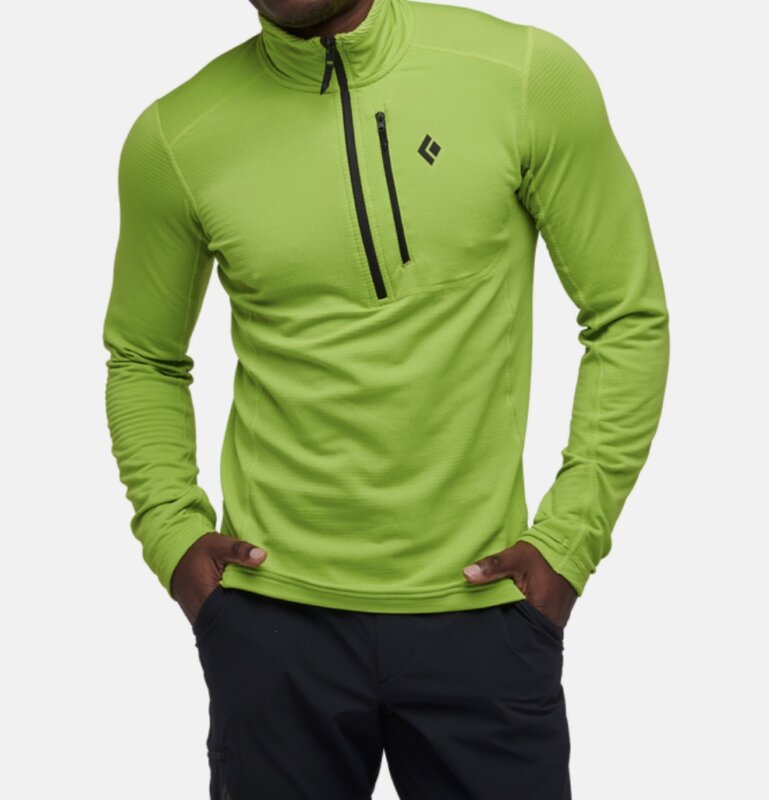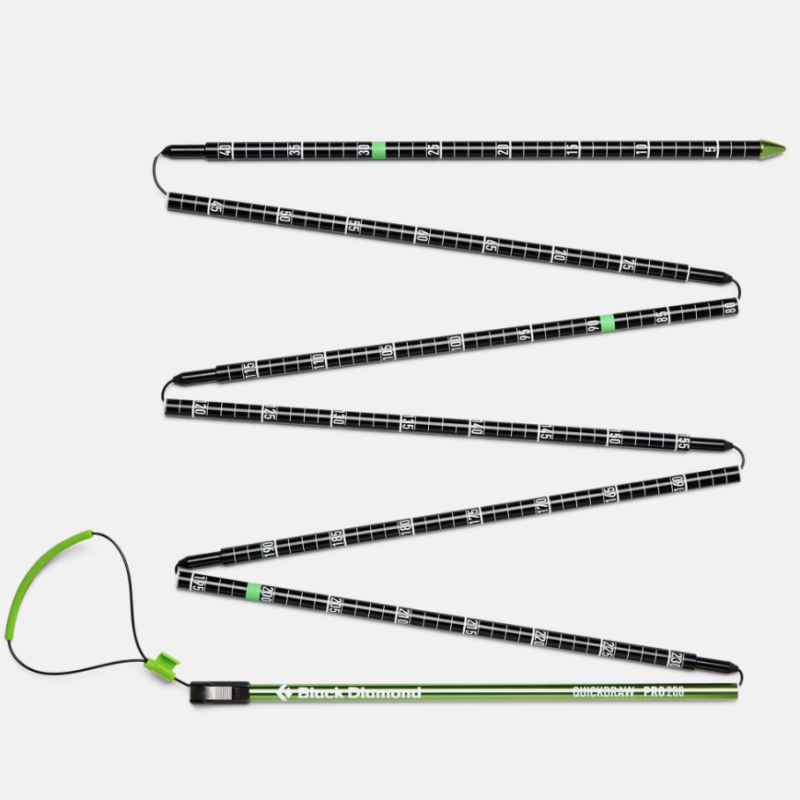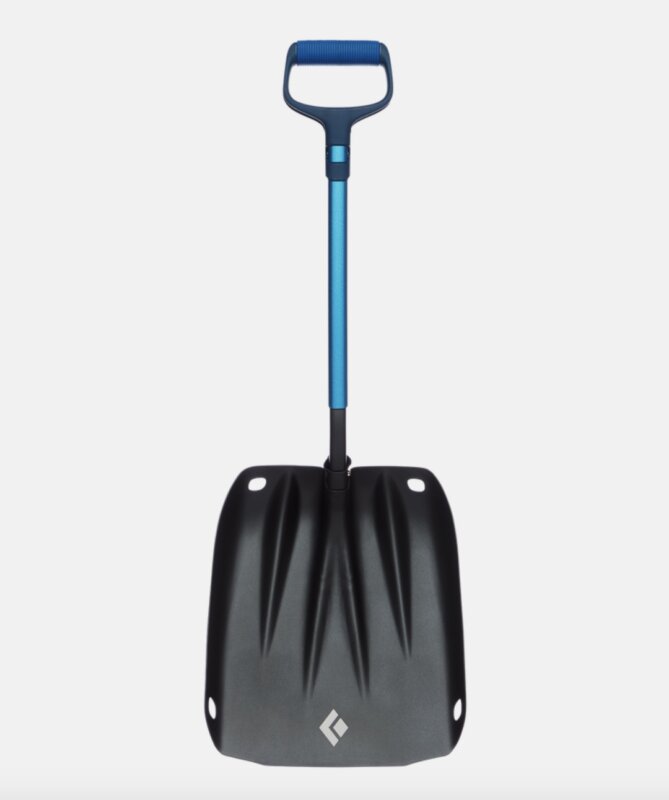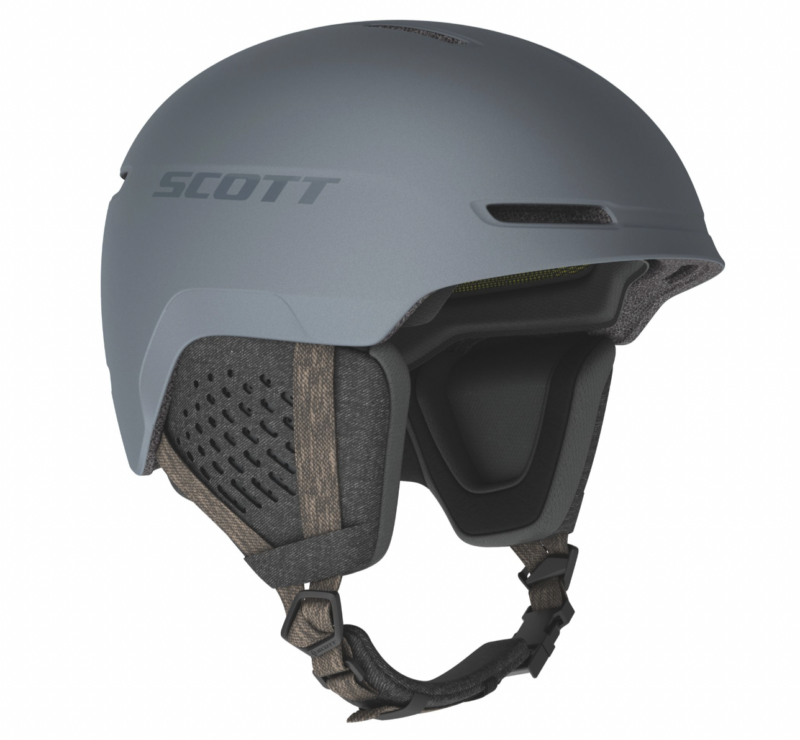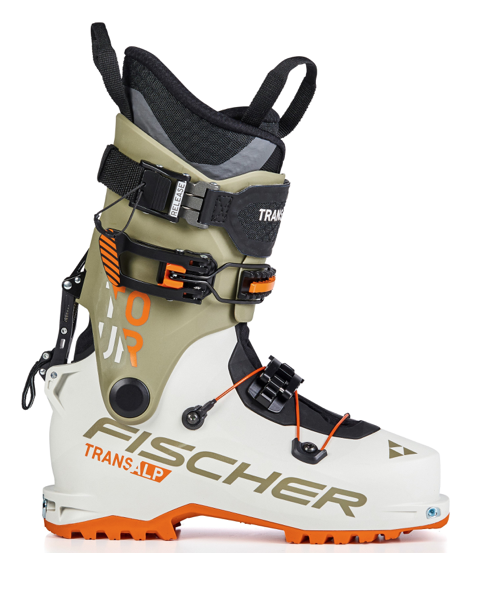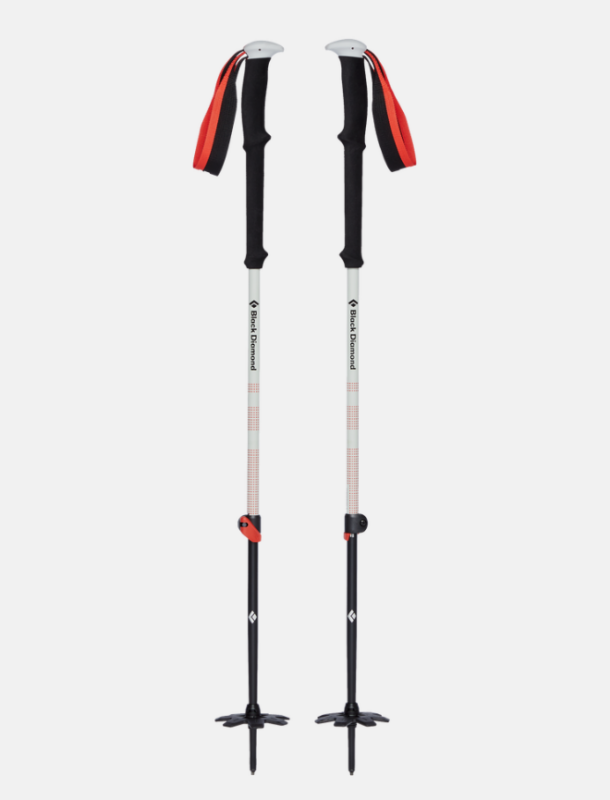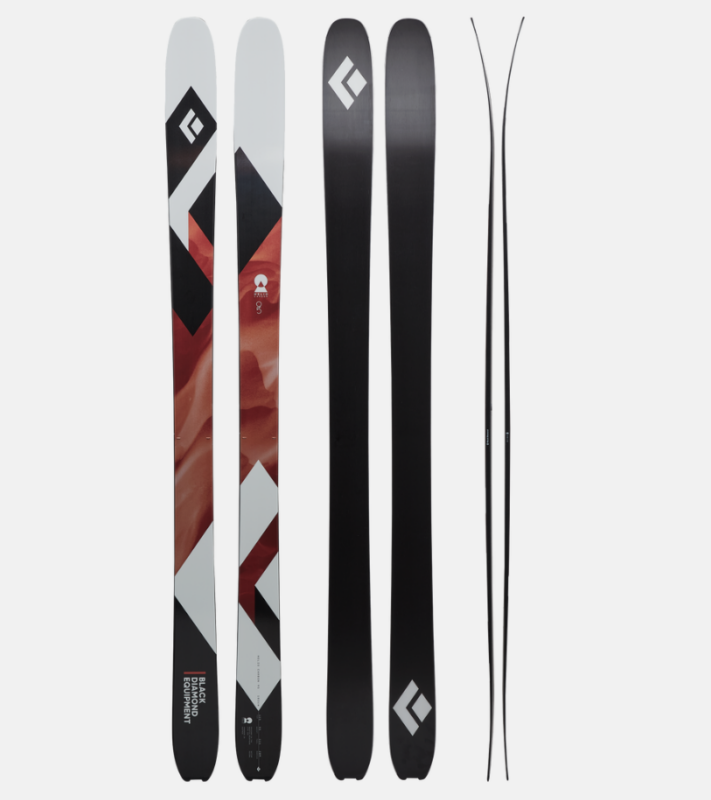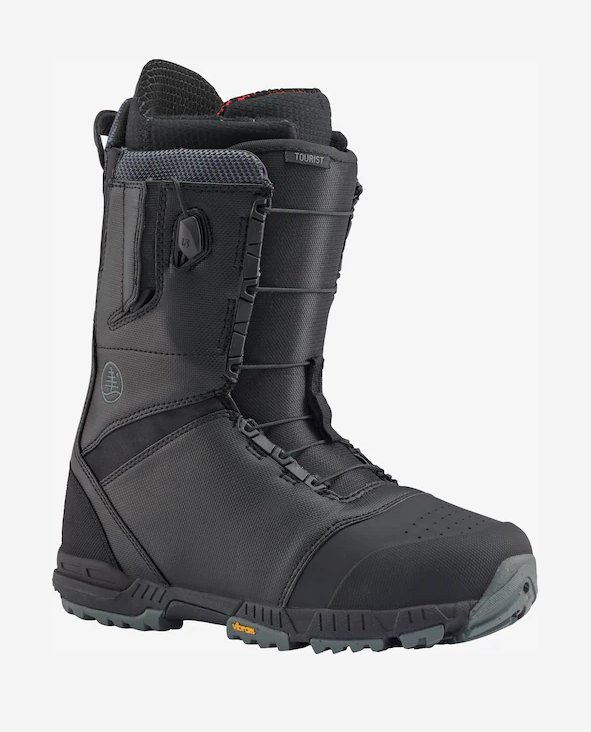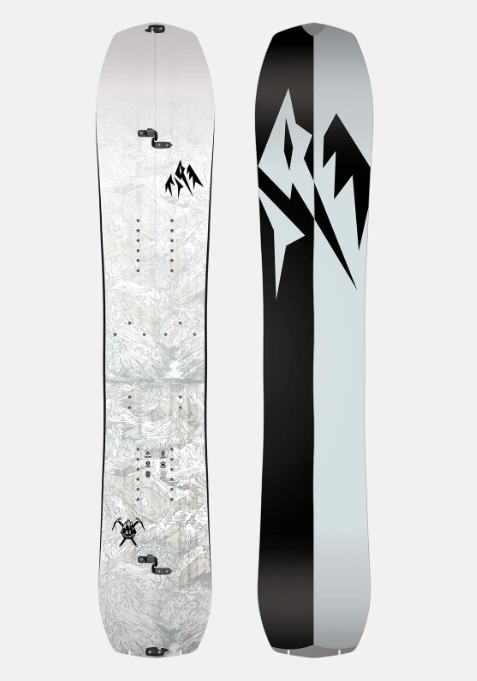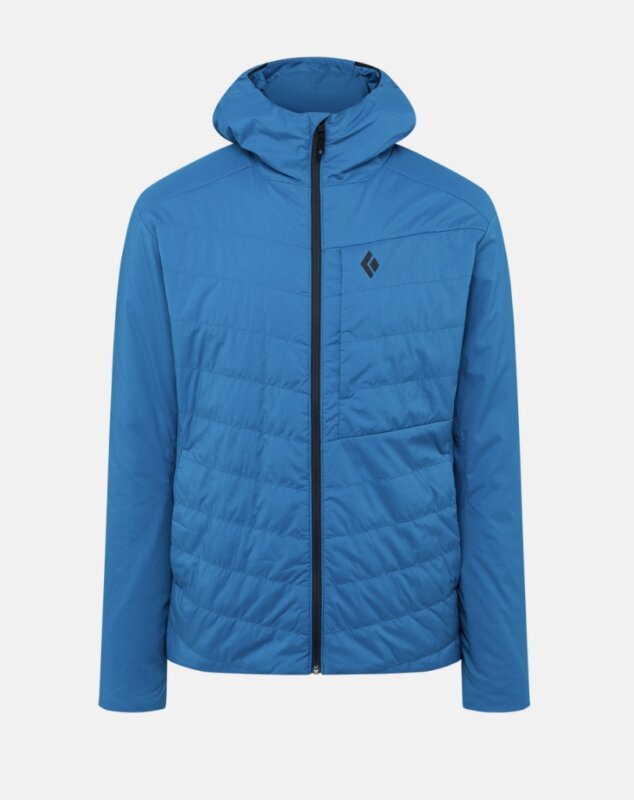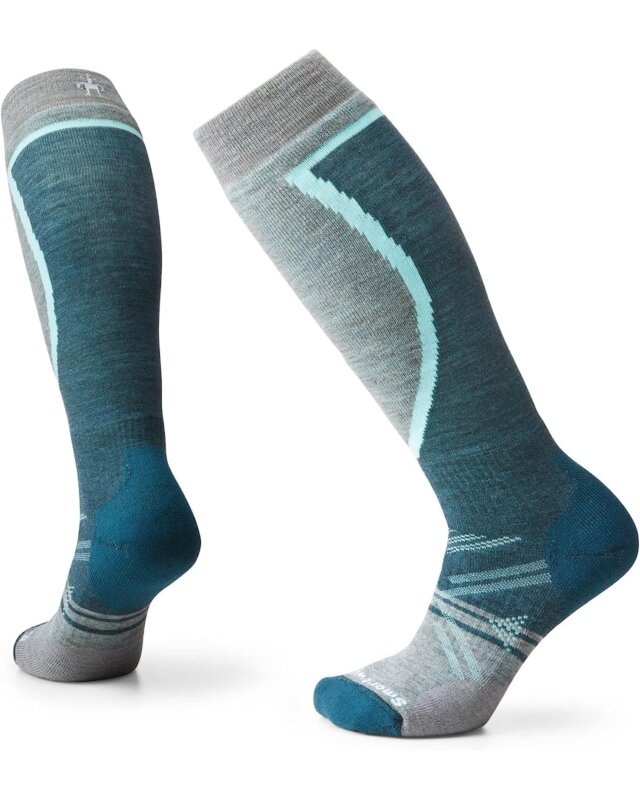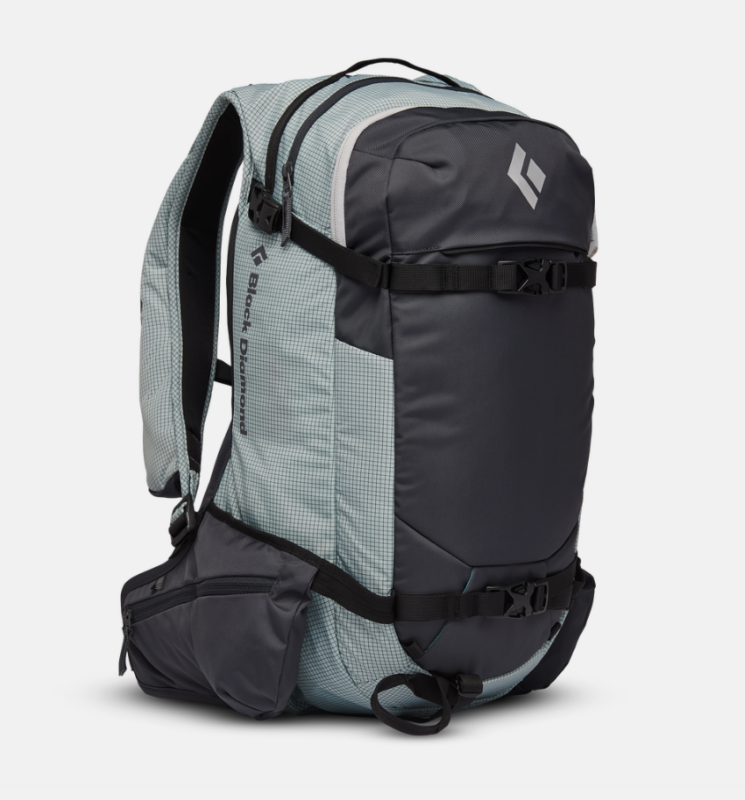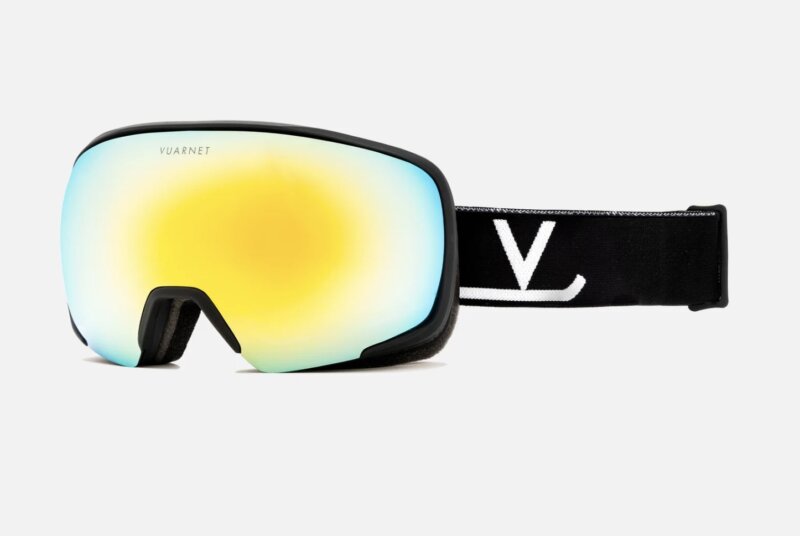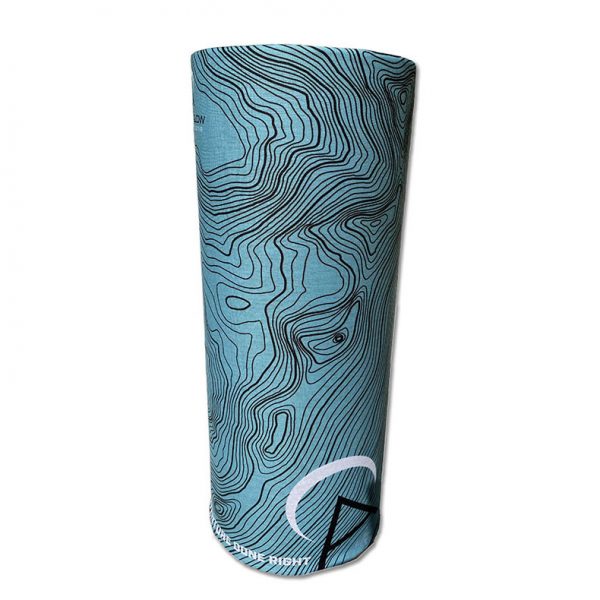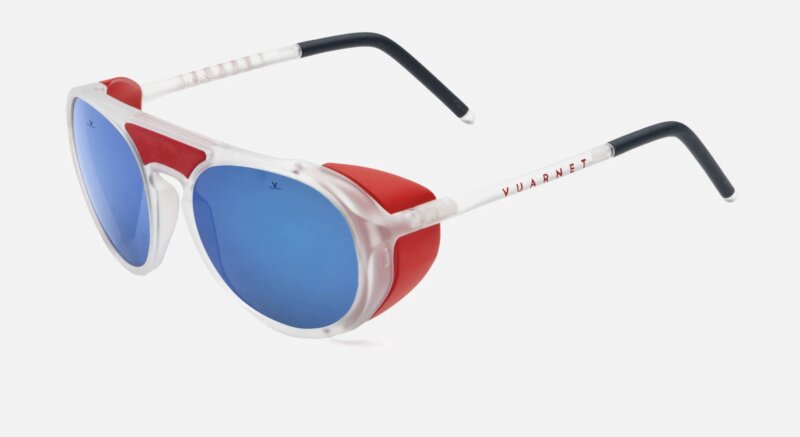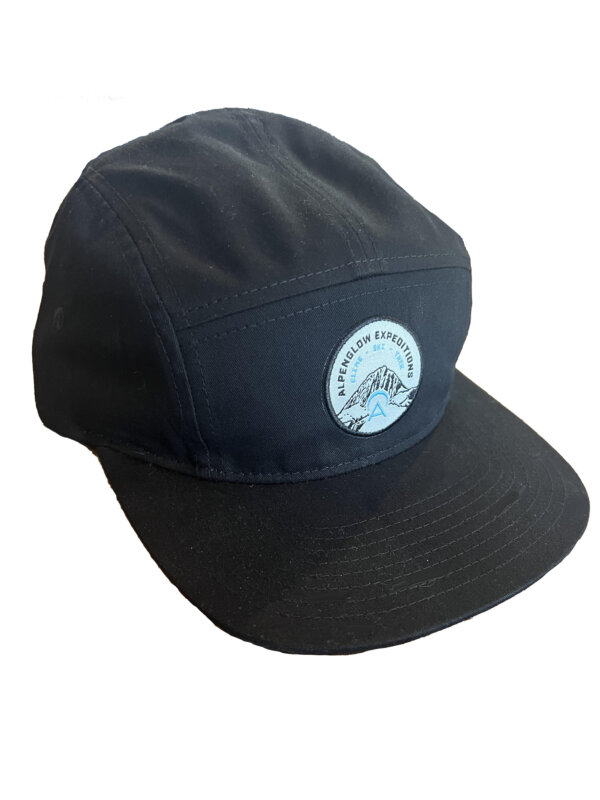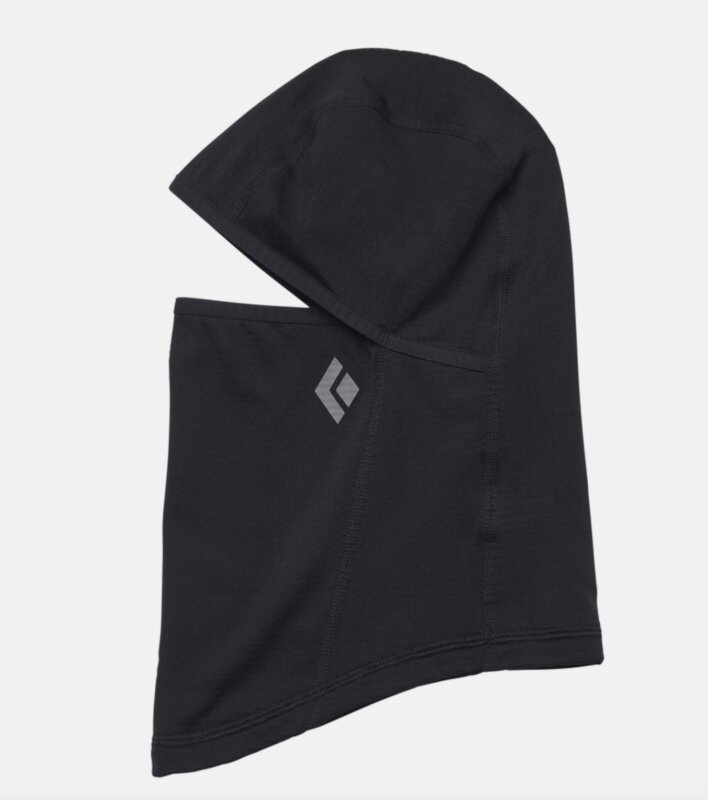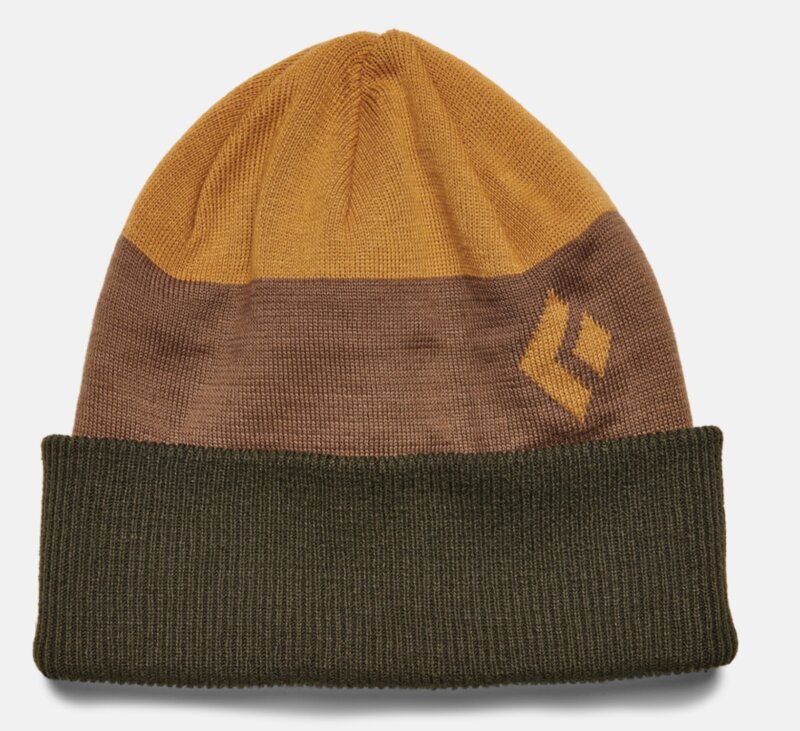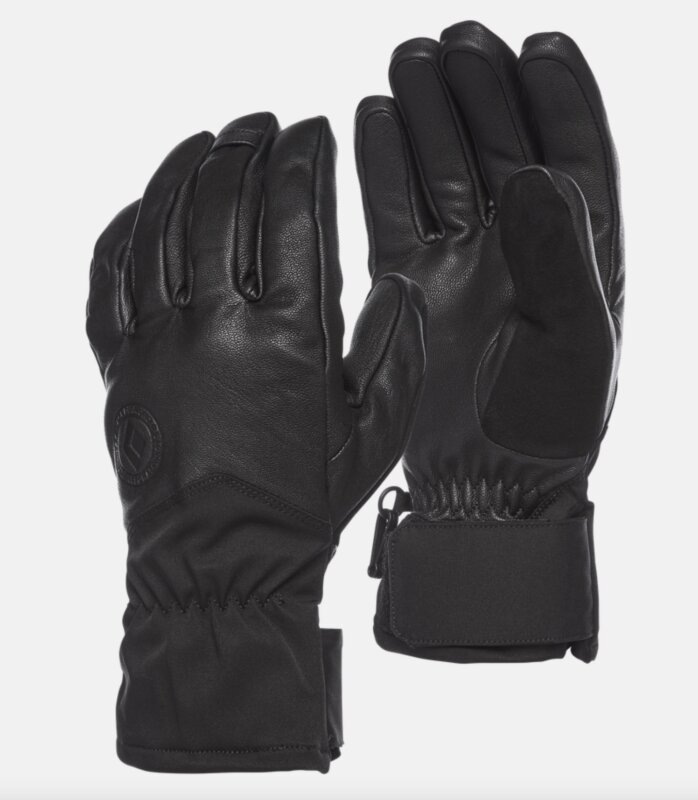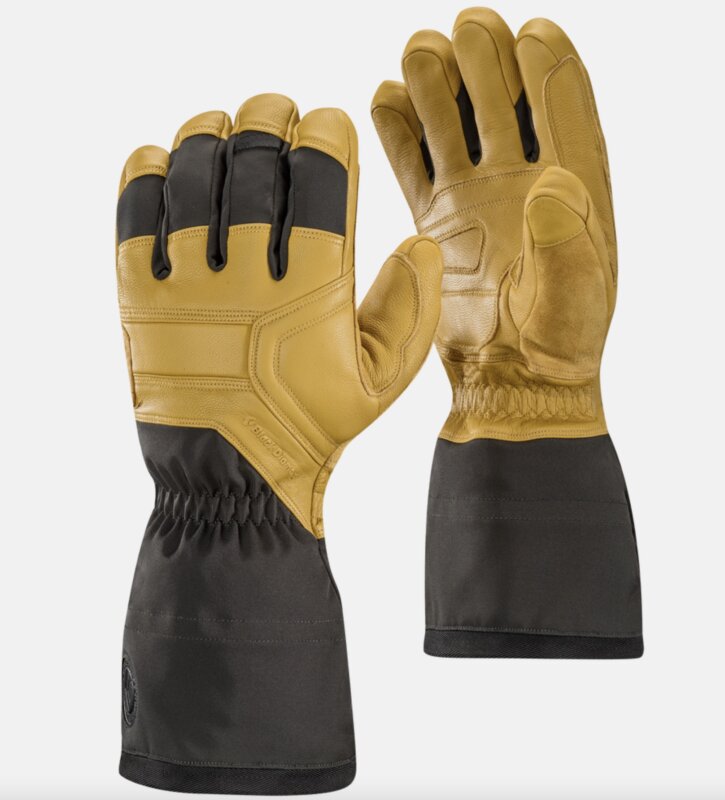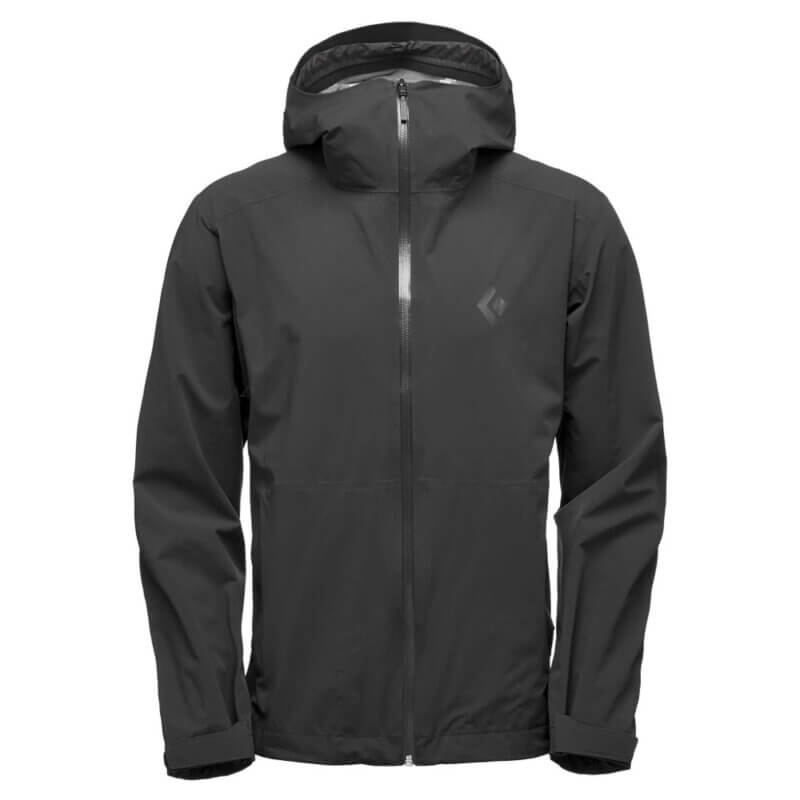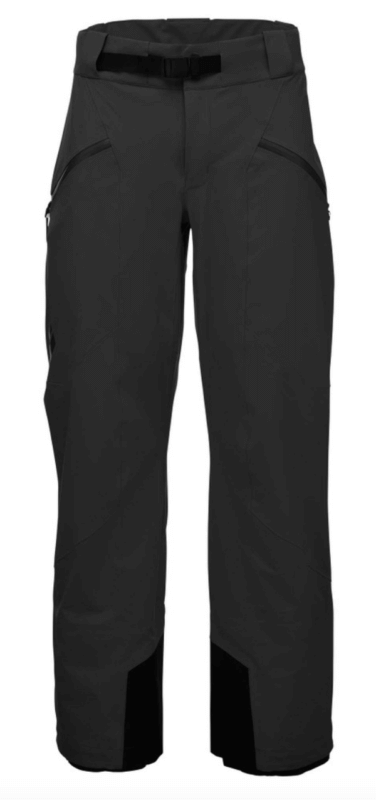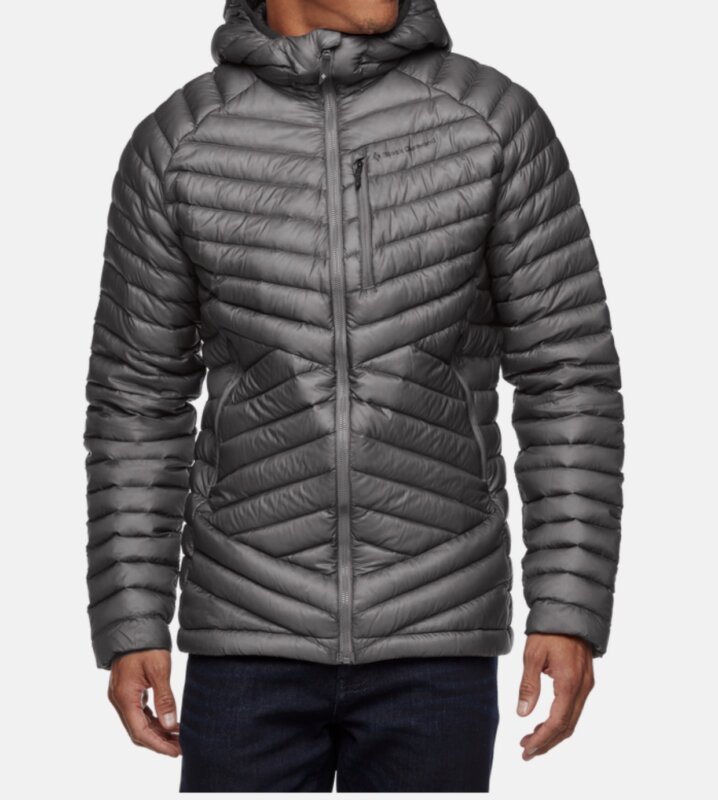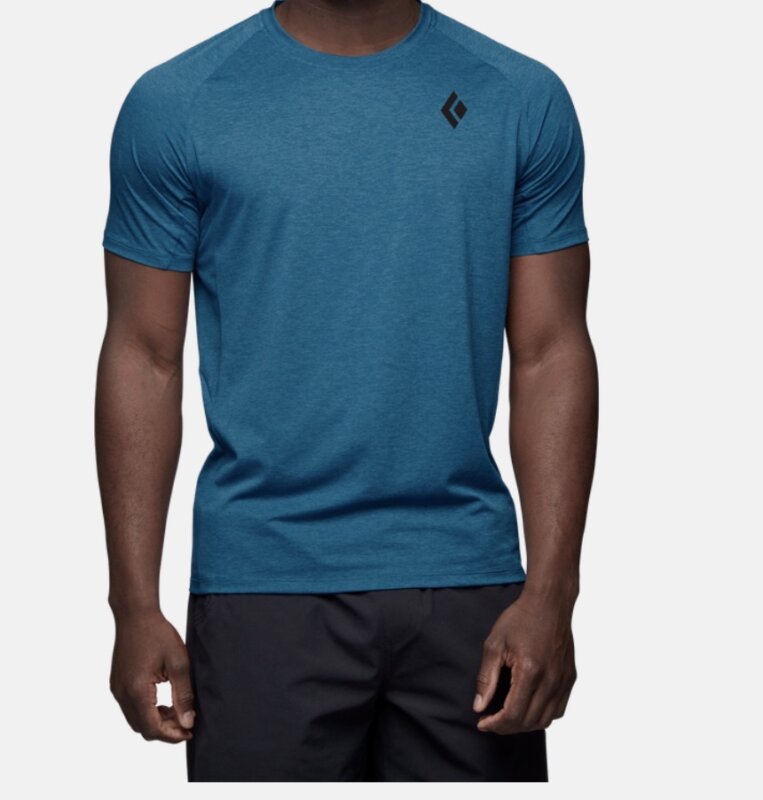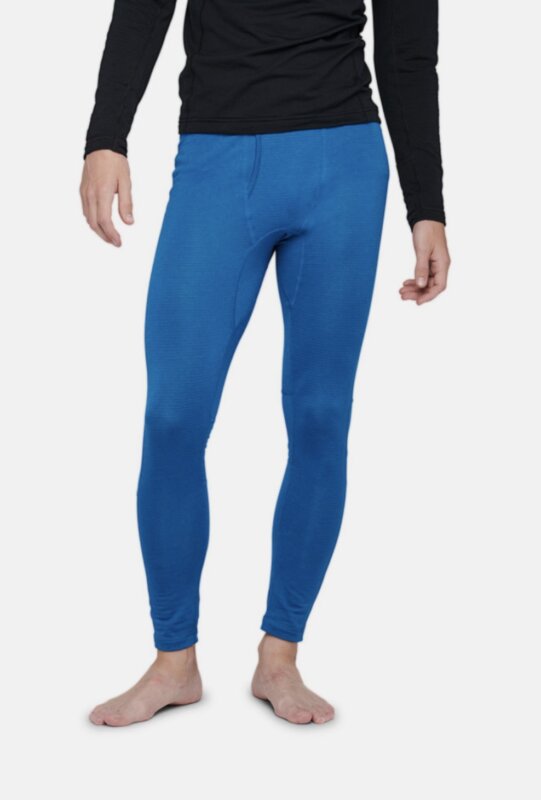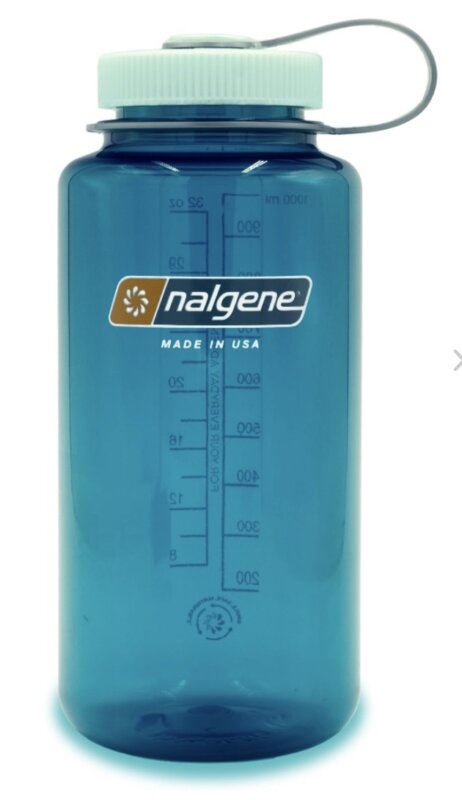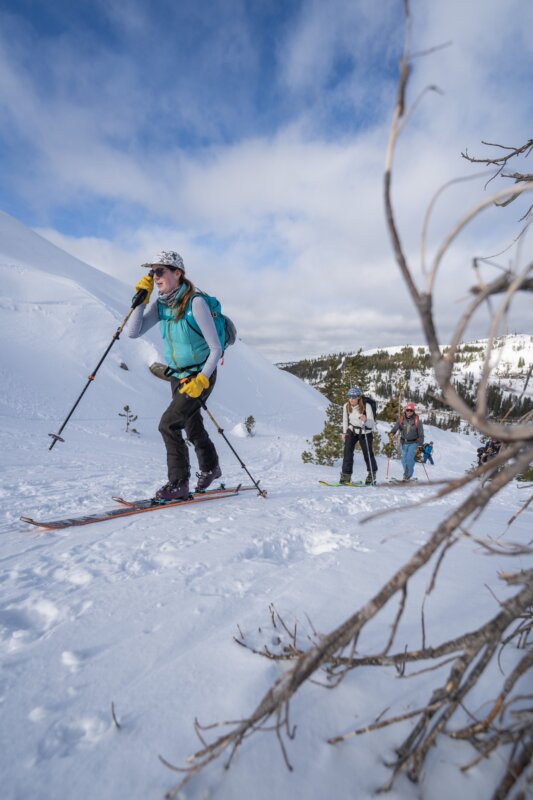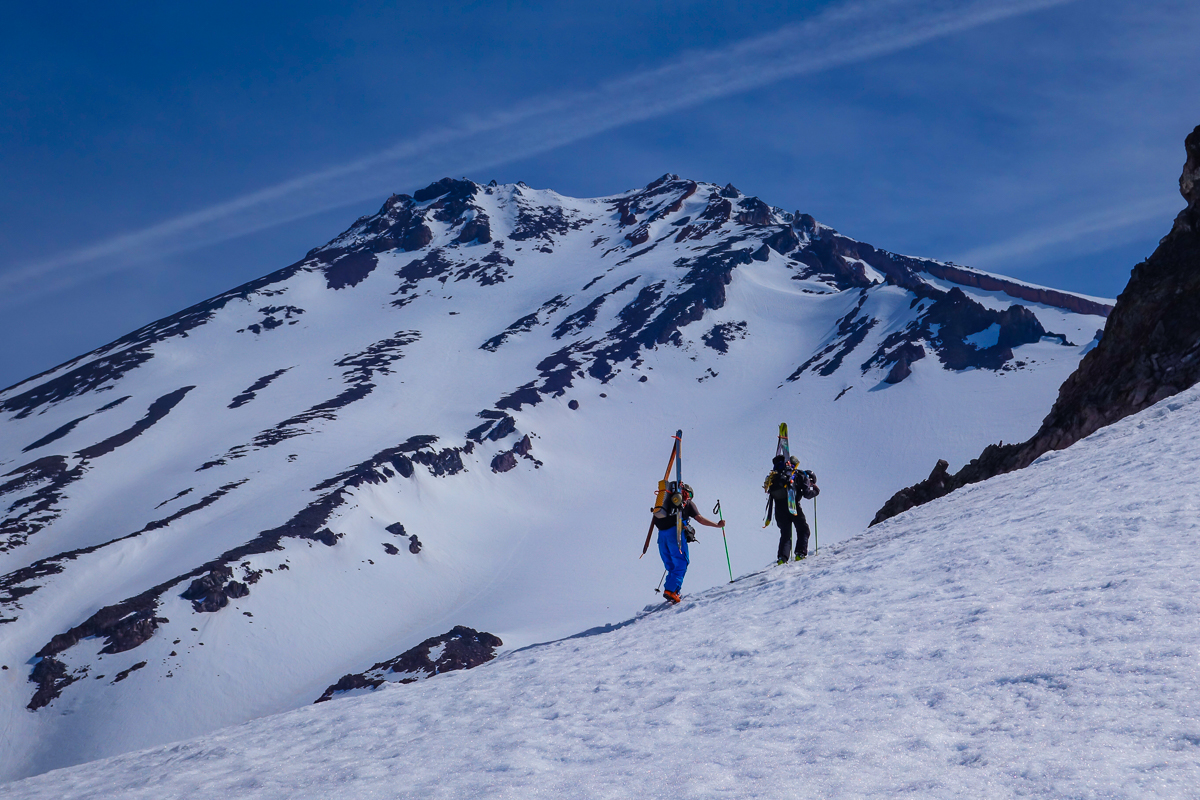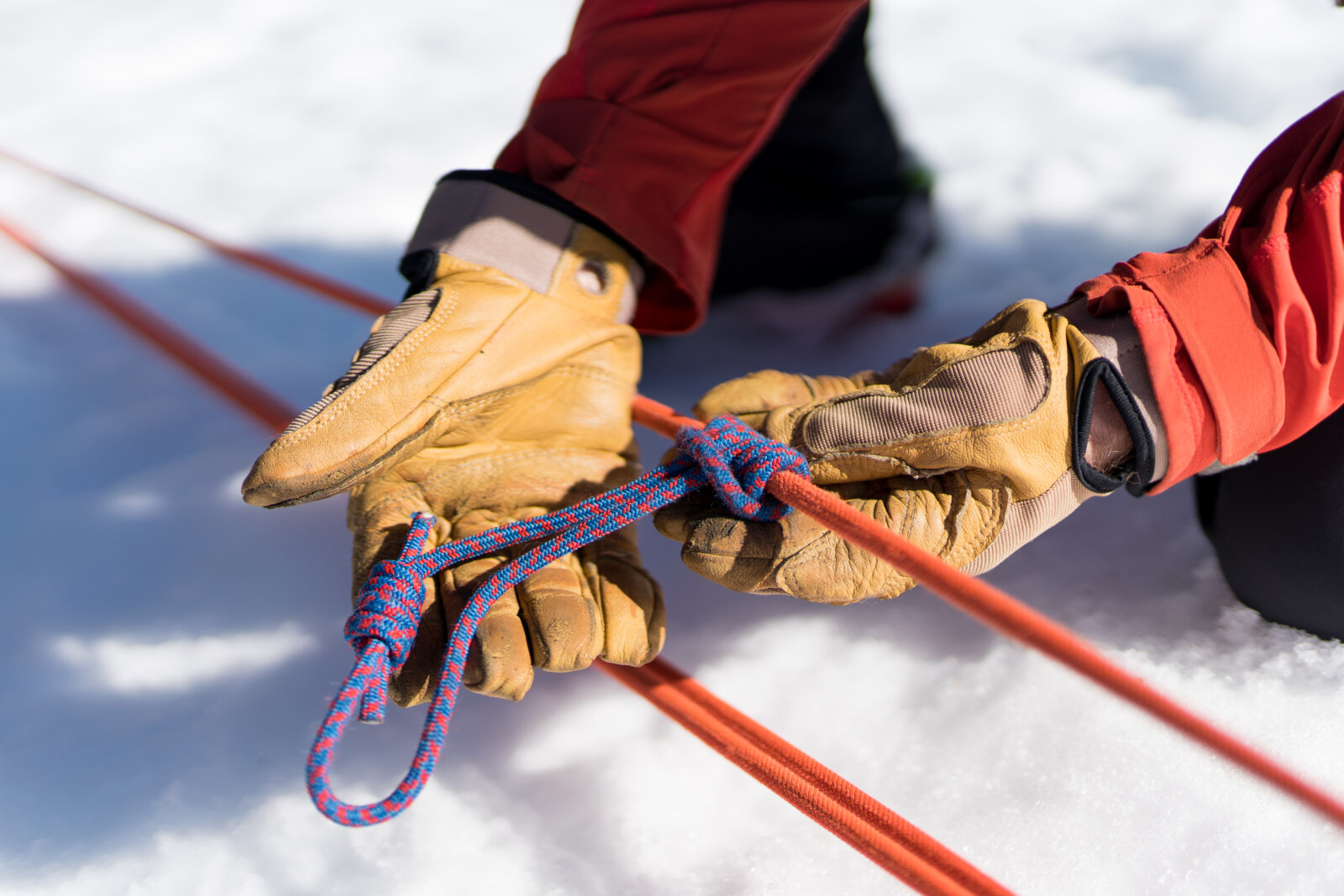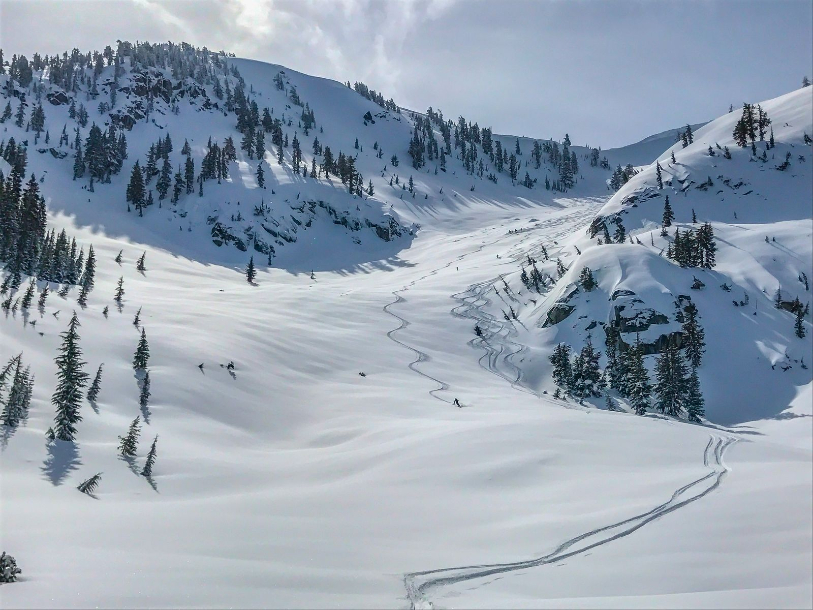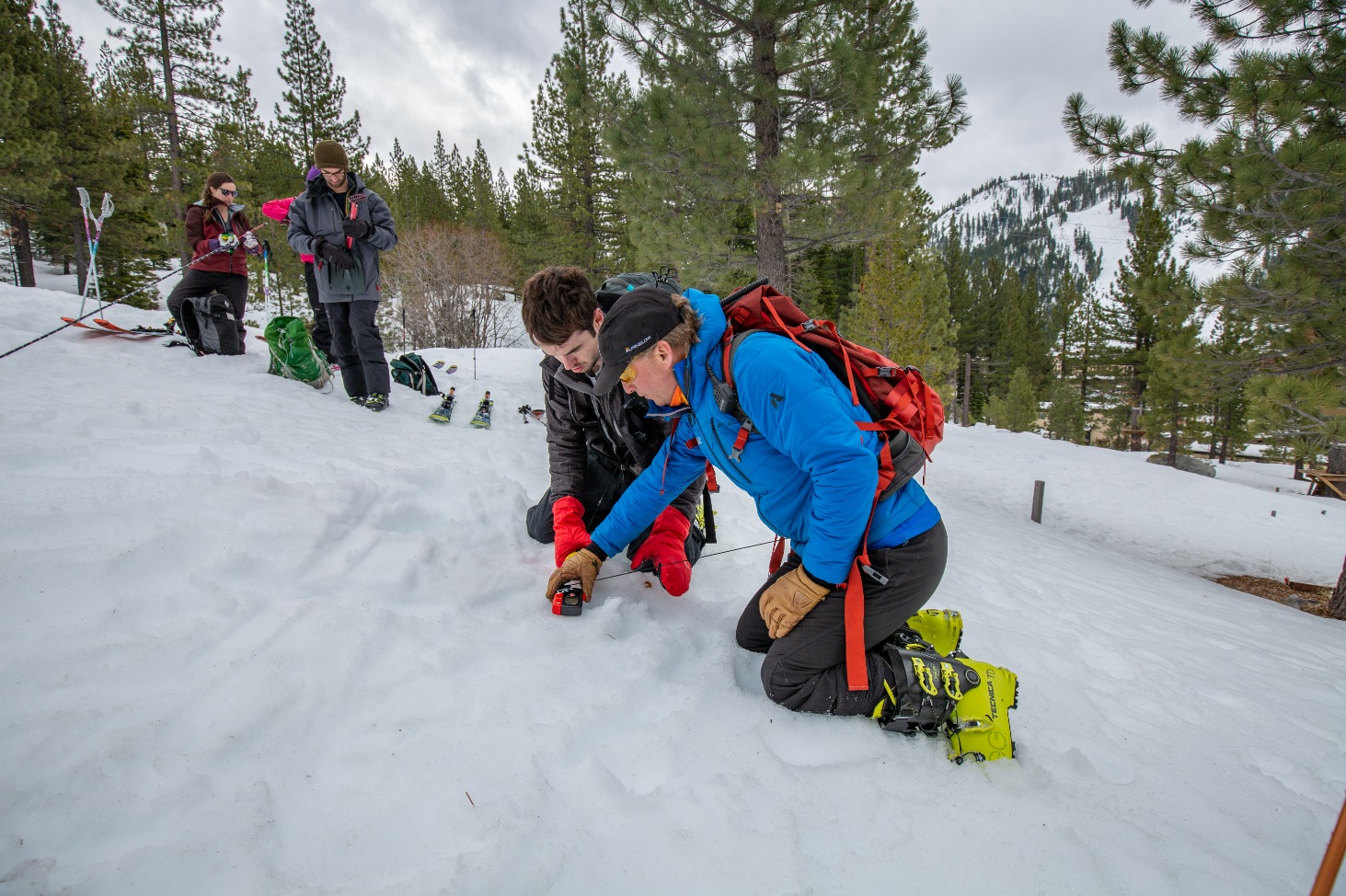AIARE 2 Course In South Lake Tahoe
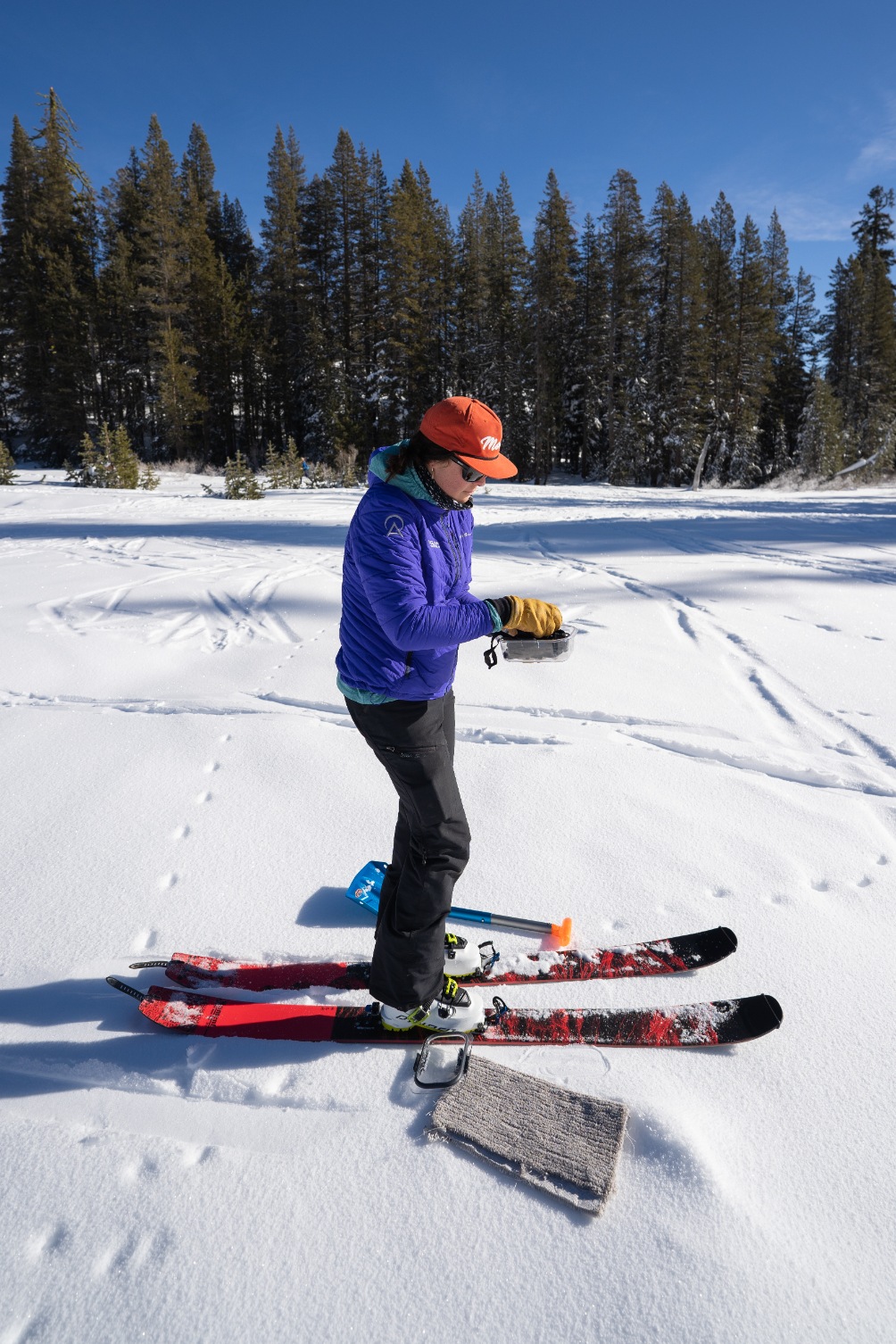
South Lake Tahoe AIARE 2 Course
Take the next step in your backcountry education journey, and embrace the ever evolving world of snow science and avalanche mitigation!
Our South Lake AIARE 2 is a three-day/24-hour course that provides skiers and riders an opportunity to advance their decision making skills in more complicated situations such as being a leader within a small travel group, traveling in more complicated terrain, and touring in an area without an avalanche forecasting center. You were introduced to the AIARE Framework in your Level 1 course. The AIARE 2 course takes the Framework and teaches you to apply it to these more complicated situations with the evaluation of critical hazard assessment factors. Our Tahoe ski guides will teach students to describe and discuss weather, snowpack and avalanche processes, and identify how these processes relate to observations and travel within avalanche terrain.
- Field Day 1
- Review & Practice
8:00am: Meet at trailhead, rental gear check out, hand out AIARE field books
8:00am – 8:30am: Morning hazard assessment meeting / trailhead transceiver function check
8:30am – 11:30am: Companion rescue review and practice (Single and Multiple Burial)
11:30am – 12:00pm: Transition to instructor led tour to gather snow obs.
12:00pm – 3:30pm: Instructor demo; Review of Seasonal Snowpack; Craftsmanship, Relevancy, and Verification of Snow Observations; Snowpack Tests in the Field.
3:30pm – 4:00pm: Debrief observations in the field and return to trailhead. Post observations to local avalanche center - Field Day 2
- Making Quality Observations
8:00am: Meet at trailhead
8:00am – 8:15am: Instructor/student-led morning hazard discussion (avalanches, snowpack, weather)
8:15am – 8:30am: Student-led trailhead transceiver function check
9:00am – 2:00pm: Instructor/student-led tour: track setting, terrain identification, snow profile (site selection; layer id; hardness scale; grain id; tests); snowpack structure; interpreting weather data, snow surface conditions, and snow profiles; metamorphism, sintering and bonding, persistent weak layers / facets, nsf, ncf, surface hoar
2:00pm – 2:30pm: Debrief observations in the field
2:30pm – 3:30pm: Return to trailhead
3:30pm – 4:00pm: Summarize conditions and post to local avalanche center. Tour Planning homework - Field Day 3
- Applying Observations to Field Decisions
8:00am – 8:15am: Student-led morning hazard discussion (avalanches, snowpack, weather).
Review tour plan options from night before
8:15am – 8:30am: Student-led trailhead transceiver function check
9:00am – 2:00pm: Student-led tour: verify stability forecast; group management / terrain selection / travel techniques
2:00pm – 2:30pm: Debrief observations in the field
2:30pm – 3:30pm: Return to trailhead
3:30pm – 4:00pm: Summarize conditions and post to the local avalanche center. Course conclusion, collect rental gear and next steps.
